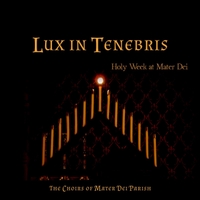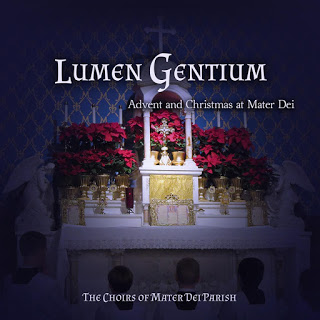Background – Writing the Requiem
In the fall of 2017, I was working on a project in my spare time to write a simple Requiem Mass setting for SATB.
Coincidentally, this was also around the time of the passing of a fellow chorister. Of the choir members I know who have gone to their reward, most had lived long lives with gradual declines and deaths that did not come as a surprise. This time was different, however. In September, a young chorister in his thirties died somewhat unexpectedly. He had been fighting a difficult and painful battle with cancer. He did not recover from his last surgery, as he was expected to.
I wish to dedicate this short and simple Requiem Mass setting to his memory and to the memory of all those who have given of their time and talents to sing for their Lord. Many of them–like this chorister–have themselves sung for the repose of the poor souls. May they rest in peace. Amen.
A PDF of this setting of the requiem is available for free download at the bottom of the post.
A Quick Note
In the videos below, the playback of the intonations appears to be off because I shifted the intonation notes to be a bit more centered in the measure.
Introit
This is the only proper in the setting.
I think the trio Et tibi reddetur is my favorite part of this requiem.
Kyrie
While all intonations in this requiem setting are taken from the chant, the Kyrie is the piece most closely based on the chanted requiem, the Bass being close to a cantus firmus line.
Sanctus
The Sanctus of Victoria’s six part requiem is, to me, in a league of its own. So much so that it was difficult to write any Sanctus that didn’t fold itself into to that masterpiece. This is to say I would start something and end up hearing only Victoria’s requiem. But an even harder task was to try to describe in a musical glimpse, as it were, the thrice-holy God.
I decided to stay simple and not try to keep up with Victoria. I tried instead to imagine the throne of God and angels spiraling about it as all those heavenly host ponder the God of power and majesty–not that I succeeded in this at all, but this was the picture I was going for.
Benedictus
The Sanctus had frankly worn me out, and I was without any idea or inspiration for the Benedictus. It almost feels like the Benedictus just happened by accident. The Benedictus is a very short, barely developed counterpoint in which the Soprano and Tenor are identical, and the Alto and Bass likewise identical. The Benedictus concludes with a theme of the Sanctus modified to the major key.
Agnus Dei
The Agnus Dei gradually builds upon itself. The first iteration is sung by Soprano and Alto only. They repeat the second iteration with the Tenor part added. The final Agnus Dei is the climax and repeats the theme of the Introit.
Final Thoughts
I tried to keep the Mass homogenous, as each section is a part of a whole work. Hopefully no one part stands out as disjointed from the rest.
- With the exception of the Benedictus, which is in the key of G, the entire setting is in A-minor or C-major.
- All of the intonations are assigned to the Alto.
- The range of this requiem should fall within that of most choirs, with only an occasional G in the Bass and nothing above F in either the Tenor or Soprano.
- The reappearance of the opening theme in the final Agnus attempts to tie the piece together in a cohesive conclusion.
About the Featured Image
The featured image is a detail taken from this image. It is in the public domain in the United States.





